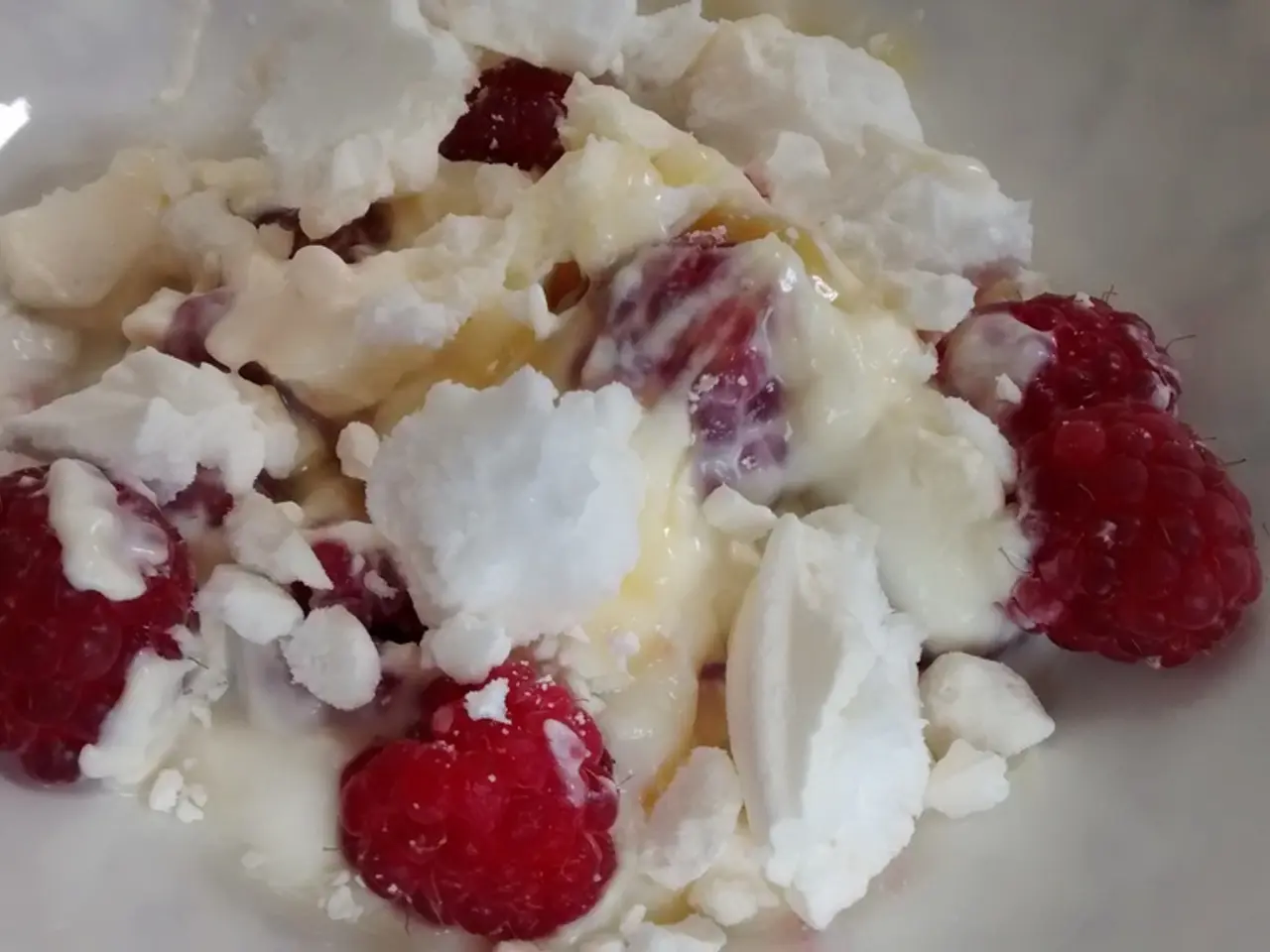Psoriasis Treatment at Home with Light Therapy: Functions, Usage Instructions, and Price Information
Home phototherapy, particularly with narrowband UVB (NB-UVB) devices, is proving to be a viable treatment option for psoriasis patients. This method offers similar effectiveness and safety levels as clinical phototherapy treatments, when used under medical supervision.
Effectiveness
Home NB-UVB phototherapy provides comparable skin clearance benefits to clinic-based treatments, especially for moderate to severe plaque psoriasis. This non-invasive, drug-free treatment offers a good alternative or complement to topical treatments or systemic therapies. While it does not cure psoriasis, it can clear the skin completely in some cases or reduce plaques visibly in others.
Safety
When prescribed and monitored by a doctor, home phototherapy is safe. Treatment duration and intensity are tailored based on skin type, overall health, and concurrent medications. The most common side effect is skin irritation akin to sunburn (erythema), and rare cases of blistering can occur if not used properly. Phototherapy slightly increases UV exposure, which theoretically could raise skin cancer risk. However, several studies show no significant increase in skin cancer risk for NB-UVB alone. Regular skin exams are important to monitor for any adverse effects.
Potential Side Effects
Mild erythema or rash due to UV exposure (similar to sunburn) is the most common side effect. Rare blistering may occur if overused. Theoretically, prolonged or excessive use could increase the risk of skin cancer, though this is not strongly supported for NB-UVB alone. Photosensitivity reactions, especially if used with photosensitizing medications, are also a potential concern.
Comparatively
Clinical treatments use larger walk-in booths and allow supervised higher doses, potentially improving efficacy but at increased cost and inconvenience. They generally follow the same safety protocols but benefit from direct medical oversight during each session.
In summary, home phototherapy with NB-UVB devices is an effective, safe, and convenient option for psoriasis patients when used properly under medical guidance. It provides results comparable to clinical phototherapy while potentially lowering treatment costs and increasing access. This treatment has been found to be particularly beneficial for people with dark skin, as stated by the National Psoriasis Foundation.
- For individuals seeking alternatives to topical treatments or systemic therapies for psoriasis, home NB-UVB phototherapy can serve as a beneficial persona in their treatment journey.
- Home phototherapy treatment is carefully tailored for different personas, taking into account factors such as skin type, overall health, and concurrent medications to ensure safety and effectiveness.
- Although home phototherapy may not eliminate psoriasis completely, it has proven effectiveness in providing skin clearance benefits for moderate to severe plaque psoriasis.
- Health-and-wellness seekers who are concerned about skin cancer risk can find relief in studies showing no significant increase in skin cancer risk for NB-UVB alone, as long as treatment is used under medical supervision and regular skin exams are conducted.
- For individuals with darker skin, home phototherapy with NB-UVB devices could be an ideal therapies-and-treatments option, as it is identified by the National Psoriasis Foundation as potentially beneficial for such switchers.




